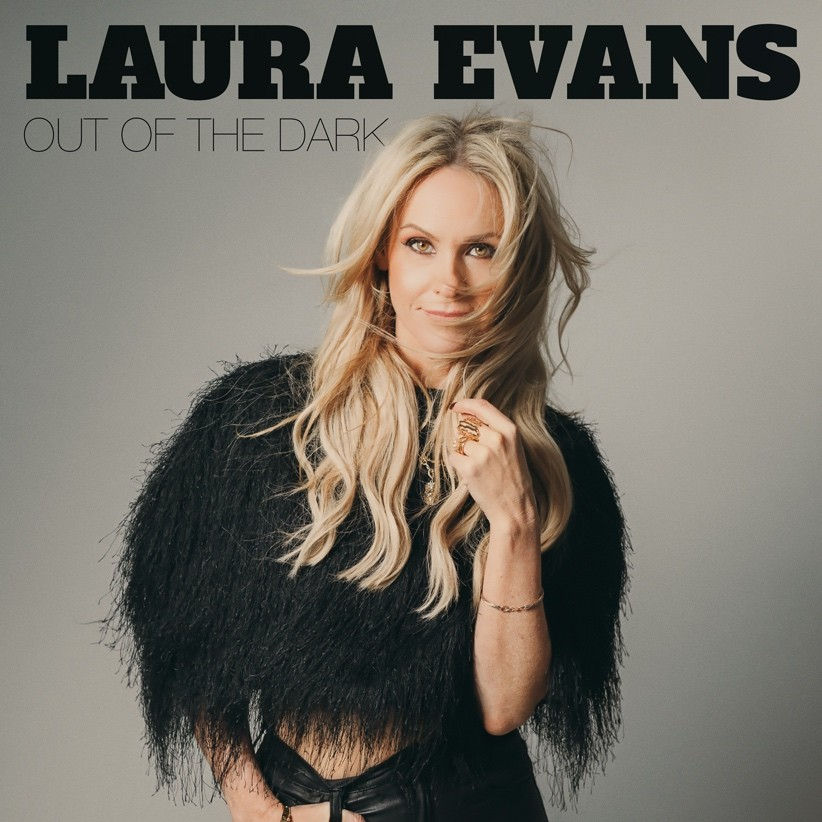STEVE HACKETT AT THE EDGE OF LIGHT ALBUM REVIEW
- photogroupie

- Jan 25, 2019
- 2 min read
Legendary prog guitarist, Steve Hackett, is no stranger to experimenting with sounds. For his 26th solo album, he explores ideas through layering his music with sounds from different musical territories. Sitar, tar, orchestras even a didgeridoo and four drummers feature on the album, and all help intensify its tonality. Hackett has fully connected with ethnic instrumentation on this work employing it to fit into his style. While this isn't a world music release – if anything it's heavier and rockier than a lot of his previous work – using these instruments underpins the album and its overriding message of a world on a verge of self destruction. In dark times where out world appears more divided that it has been for 80 years, Hackett fears that we could easily retreat into our own spaces and embrace isolation as a race, instead of uniting against the evil in our world. Beast in our Time is a play on words reflecting, as he suggests the 'malevolent forces at work dragging the world again to the brink of disaster.' This impending doom possibly explains the heavier dynamics of the record: we may be on the edge of darkness, but as the title indicates we are on the edge of light too and we call push ourselves over or pull ourselves back from the brink.

Like much of Hackett's recent work the album is hugely cinematic. On many of the tracks, including the epic Those Golden Wings and Underground Railroad, he uses atmospheric segments very much like the construction of a film score. Of course, here there are no images to go with what you are hearing, this is where Hackett's emotive guitar work and vocal sections come in to help guide you through the journey from darkness to light. It's not a concept album as such, but the effect acts as a sonic storybook, painting pictures with sound, leading the listener into a variety of worlds. The final trilogy on the album Descent, Conflict and Peace are indeed hard listening with a foreboding military march, bleak orchestral soundscapes and frenetic drum patterns, conjuring up one type of reality. Peace retains the scale of its partner songs but has a lighter sound. It's not necessarily optimistic even with the suggestion of its name. Like most of the album, it's both defiant and reflective, allowing us to examine our past and present; leaving the future we want in our hands.
Groupie rating 4/5





Comments